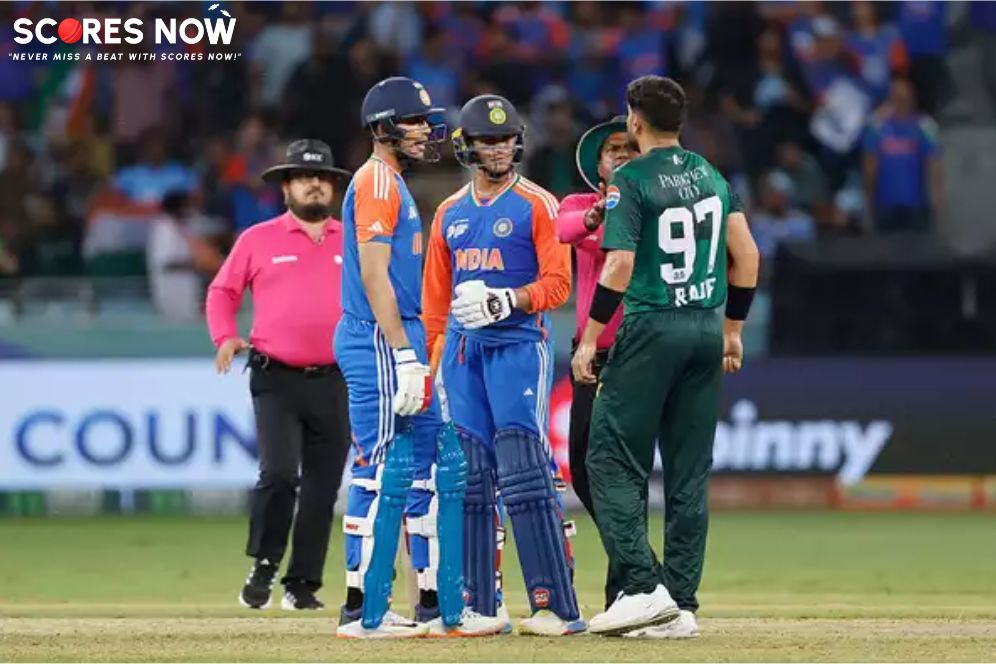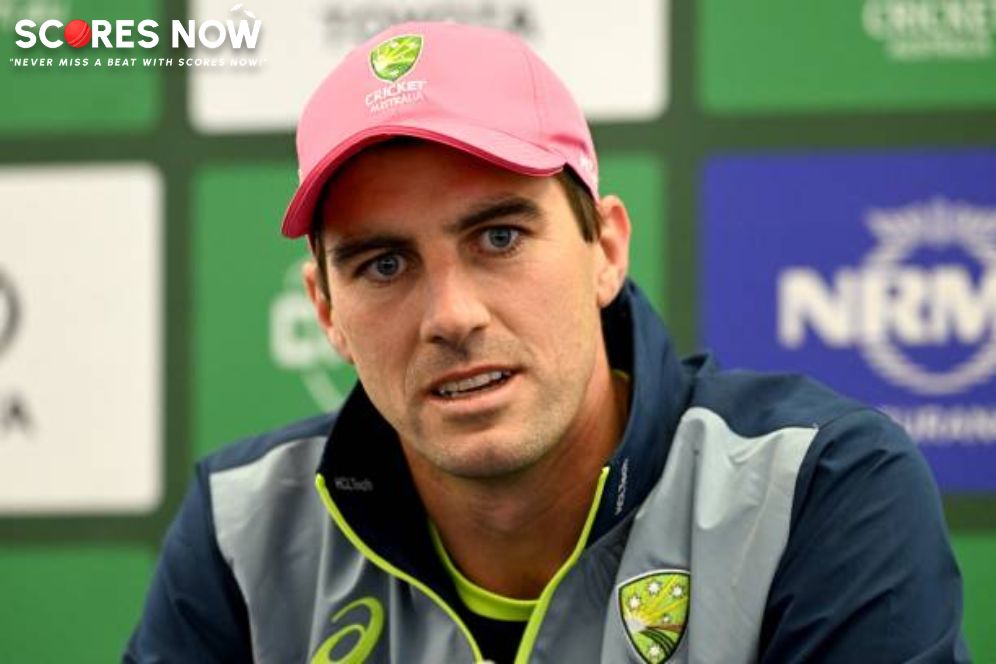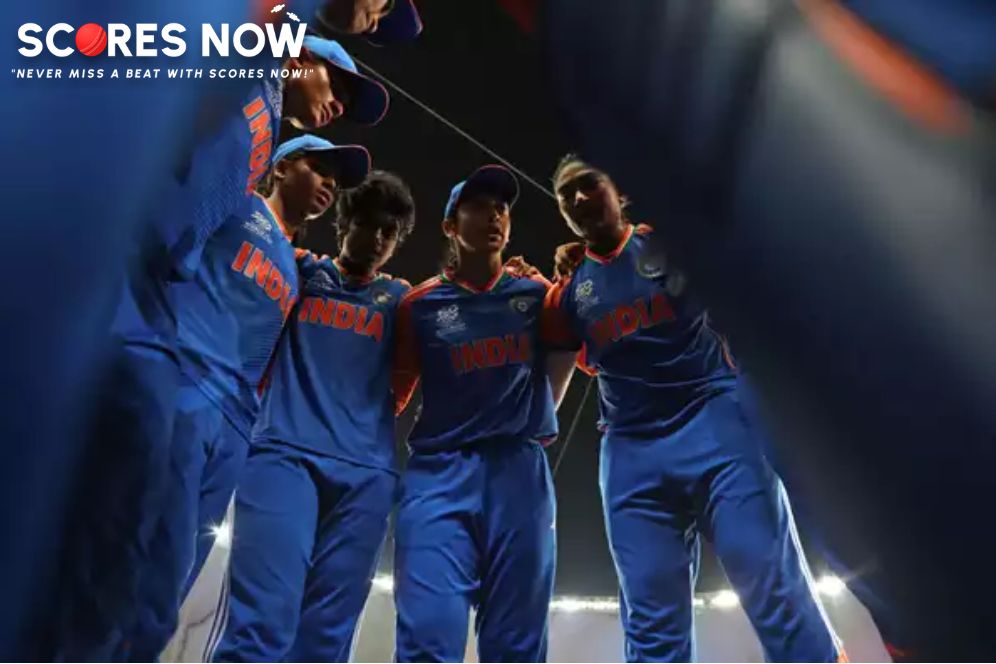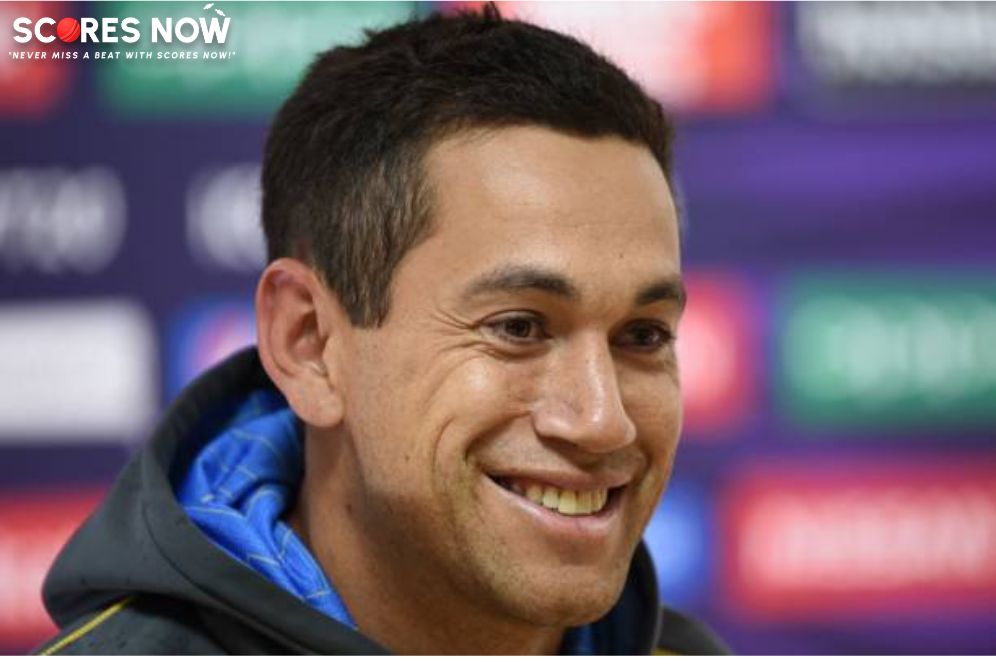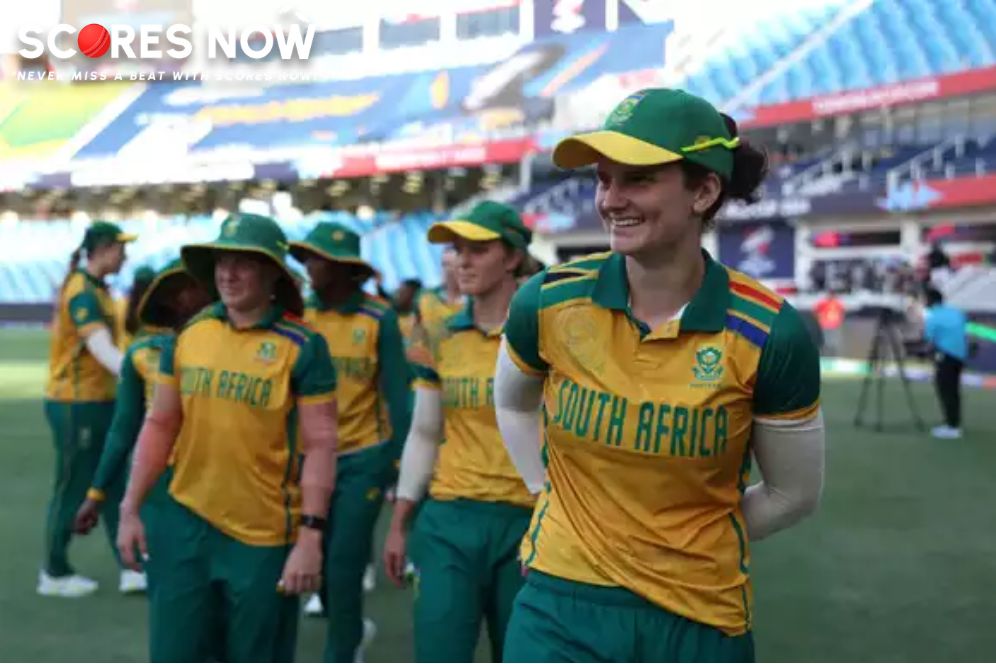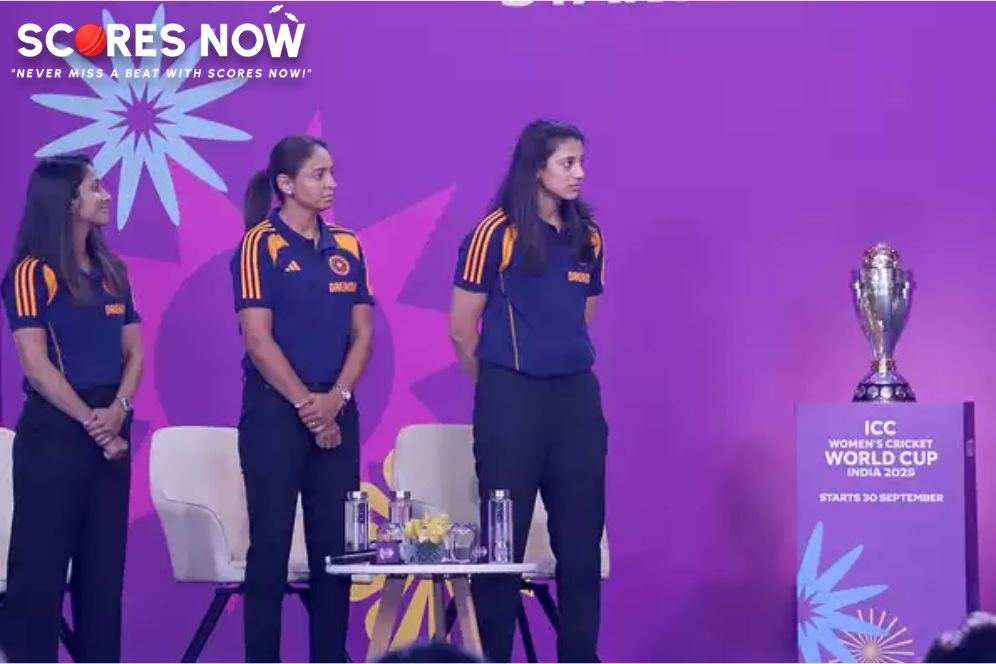Why was Indian Team Washed Out Against Australia in ODI's

Why did the Women's Indian Cricket Team not able to win a single match against Australia?
After a stunning victory in the one-off women's Test at Wankhede, India lost 3-0 to Australia in the ODI series at the same venue. India have lost their third straight match at home to Australia, with their most recent defeat (Tuesday's third ODI) being their third-worst loss in the format. What mistakes did India make in the ODIs?
Missed Catches
In his first press conference as India's head coach, Amol Muzumdar announced that 'fielding and fitness are top priority'. In the three ODIs, India missed 10 catches and Pooja Vastrakar created three chances in the first 10 overs but could not convert any of them.
With this, Australian opening pitcher Phoebe Litchfield was able to score 50 runs for the second consecutive year. In the third game too, she was given life by Deepti Sharma at the back point, while Ellyse Perry was dropped by Smriti Mandhana at deep midwicket.
"We didn't perform to our best potential, especially in the fielding department," Jemima Rodriguez said after the last ODI. “We have been working on it and [these are] not the standards expected of the Indian women's cricket team, but we are working on it and I can guarantee you that we will come back stronger.
Batting Order
The Indian Women's Team is facing major problems with their inconsistent batting performance. The main issue they are facing is that when they chase there is no one to play an explosive inning to cover up the difference between the required run rate and the run rate they are playing with. To speed up the inning is very important when required.
Only Sneh Rana has a better strike rate (88.80) for India while batting at Nos. 6 and 7 since 2021. Ghosh has shown the promise of scoring quick runs lower down the order in limited-overs internationals, with 2 out of 3 ODI half-centuries coming at No. 6.
The team needs a player with the ability to close out games with a better strike rate as we have seen the Australian Women's team score at a strike rate of above 100 in the last couple of overs to gain an advantage over the opponent as it leaves the opponent in little pressure to lose the maintained economy and get a bigger target.
Inconsistency of Shafali and Harmanpreet
Conflict between Shafali and Harmanpreet When Shafali Verma first appeared on the scene, the militancy of the cult leaders came like a breath of fresh air. Rephrase
However, due to her inconsistency (she has scored single digits in an ODI innings since September 2022), India has played her in four of her last six matches in this format.
was removed from the starting lineup. Muzumdar admitted that she was a "dropout" and that Jastika Bhatia retained her top spot after finishing 49th in her first ODI.
After scoring an unbeaten 143 against England in September 2022, Harmanpreet Kaur scored 10 or fewer runs in five of the seven innings she batted. She scored just 17 points in the three ODIs against Australia, the lowest by an Indian captain in the bilateral series.
Rodrigues dispelled concerns about Harmanpreet's form, saying, "There were days when we didn't score, but Harry played for us. But it happens, every player has low phases, but when they don't score, I have to make sure I bat for them because my batting is very good."
Bowling Roles and Tactics
Role of Bowling and tactics are underway Four of India's recent five debutants in ODIs have been spinners. Three of these spinners (B Anusha, Saika Ishaque, and Mannat Kashyap) have played only one ODI each. Both Ishak and Kashyap made their debut in this series. However, due to a lack of control in the midfield and India's poor performance in dead overs, the visiting team ended up running away with the series.
Australia was 216 for 7 in 46 overs when Alana King came to bat, the team then managed to score 42 runs from the last 29 balls with King's 17-ball 28 not out. In the third match, Australia scored 39 runs off the last 22. Overall, India leaked runs in almost nine overs in the last five overs of the innings, unlike Australia, who had less than eight runs per over at this stage.
India had as many as six bowlers bowling in the last five overs, with Bastrakkar dropping 47 off 24 balls and main attacker King hitting four sixes in the series. Although Vastrakar performed well in the red-ball matches against England and Australia, he is still learning the basics of death bowling in white-ball cricket.
